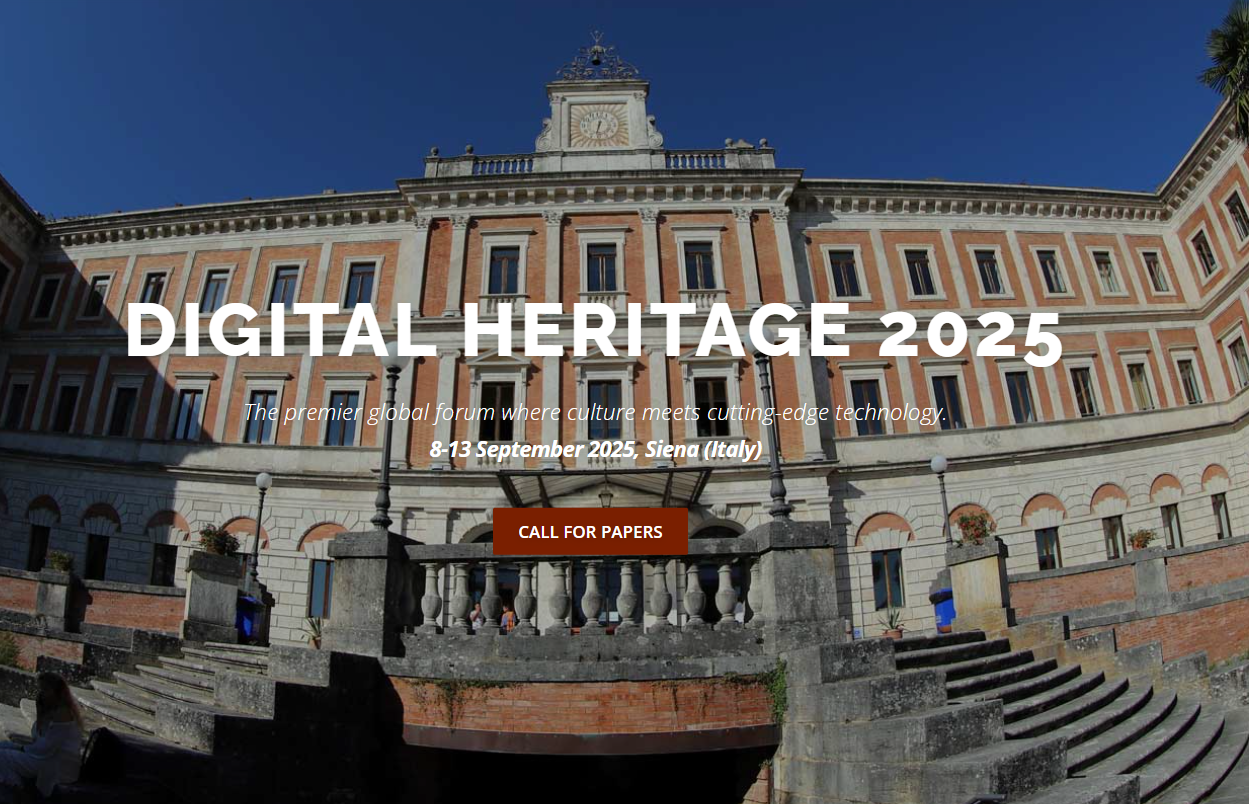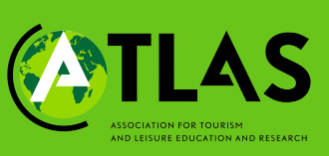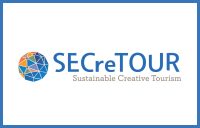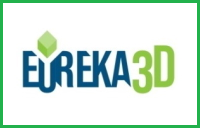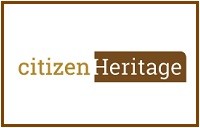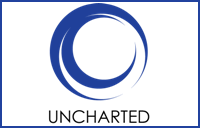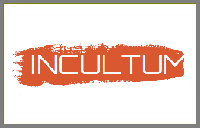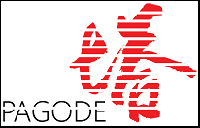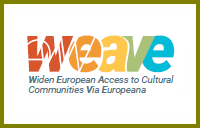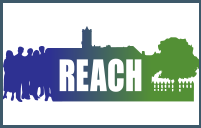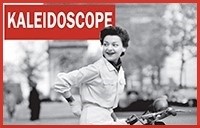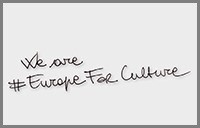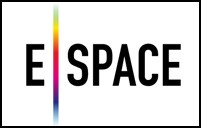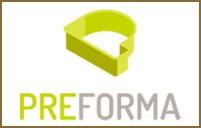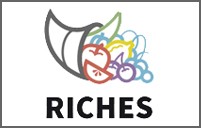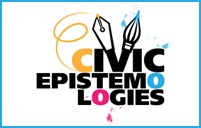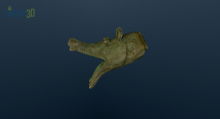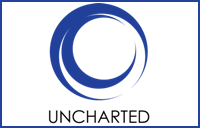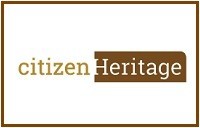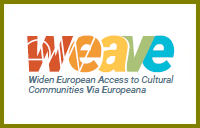-
Join the
Digital Meets Culture
Newsletter! -
Join the
Digital Meets Culture
Open Newsroom! If you have interesting news and events to point out in the field of digital cultural heritage, we are waiting for your contribution.
If you have interesting news and events to point out in the field of digital cultural heritage, we are waiting for your contribution.
-
Free text
-
-
Upcoming events
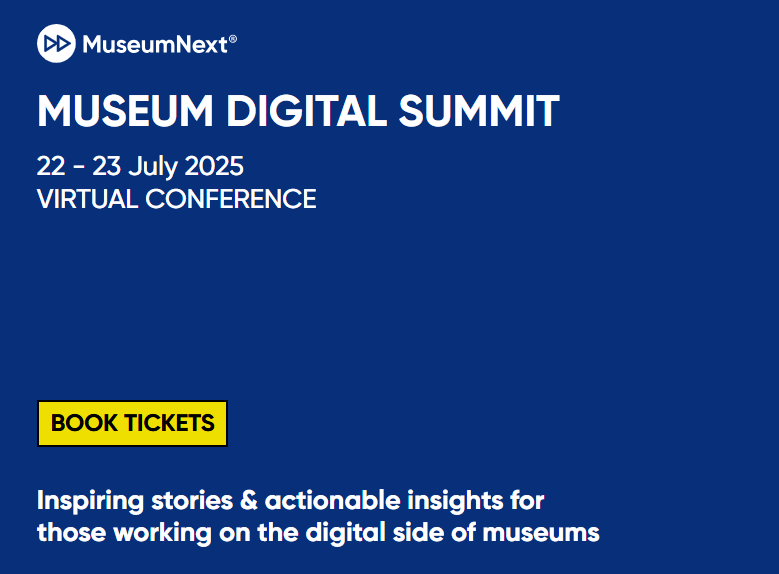 The Museum Digital Summit will take place online on 22-23 July 2025. The deadline for proposals is 31 March 2025.
The Museum Digital Summit will take place online on 22-23 July 2025. The deadline for proposals is 31 March 2025.-
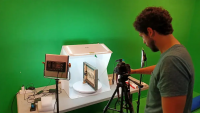 This collaboration reinforces the projects contributions to fostering innovation and ensuring that the benefits of Open Science are widely accessible.
This collaboration reinforces the projects contributions to fostering innovation and ensuring that the benefits of Open Science are widely accessible.The EOSC Beyond project, coordinated and represented by the EGI Foundation, and the EUreka3D initiative, along with its continuation EUreka3D-XR, both coordinated and represented by PHOTOCONSORTIUM, signed a Memorandum of Understanding (MoU). This agreement sets the stage for a structured and … Continue reading →
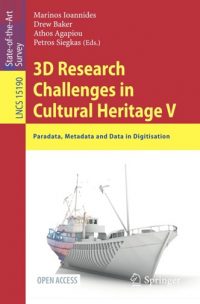 Springer open access book collecting papers on the state-of-the-art in 3D digitisation, published in the context of EUreka3D project
Springer open access book collecting papers on the state-of-the-art in 3D digitisation, published in the context of EUreka3D projectThe Digital European Programme-funded project EUreka3D has ended at the close of 2024. The two-year project developed innovative technology, learning resources, and practices to support 3D cultural collections, also shared in the common European data space for cultural heritage. As … Continue reading →
Topic: software & tools
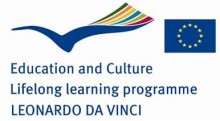
On 12th of May 2015, Sònia Oliveras from the Municipal Archive of Girona presented PREFORMA at the Study Visit of the Leonardo da Vinci Project in Girona. This study visit was developed through several workshops about digitalisation, publication in Europeana and digital preservation. Continue reading
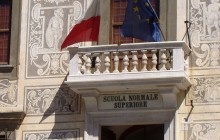
The Cloud Forward 2015 Conference, hosted by the Scuola Normale Superiore in Pisa from 6 to 8 October 2015, brings together experts from industry and academia to consider the future of cloud computing. The event is organised… Continue reading
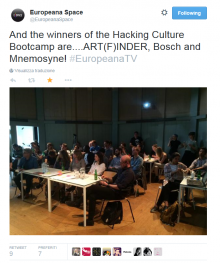
This weekend the first E-Space hackathon took place in Amsterdam, from the evening of the 8th until the 10th of May. The event, organised by the Europeana TV pilot of E-Space project, was challenging game and app developers, storytellers and interactive designers to create new multi-screen experiences with a focus on digitised historical footage. Winners will now fly to London for an intensive Business Modelling Workshop! Continue reading
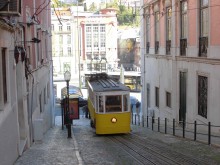
Organised by the Civic Epistemologies project in the framework of the EGI Conference 2015, in collaboration with EGI.eu and IBERGRID, this session will present to the EGI scientific communities platforms for and use cases of citizen science, covering the wide range of potential capabilities (such as desktop computing and pattern recognition) usable in a huge variety of disciplines, from biodiversity to digital social sciences and humanities. Civic Epistemologies will present the first draft version of its Roadmap for Citizen Science. Continue reading
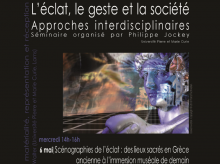
Did ancient statues living in the traditional museums lose their radiance and divine feature? New technologies, combining 3D imagery and multisensory visitor experience, enable to recreate within an innovative space the ancient splendour of the Greek plastic. Sophie Montel recognises … Continue reading
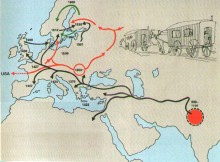
In the Romani Week (April 27 – May 1, 2015), Amalia Sabiescu of Coventry University shares insights from the RICHES European project research: how a Romani community is finding ways to preserve and express its unique identity at a time of cultural change and how the arts, culture and technology can be used as bridges towards intercultural communication and dialogue. Coventry University seeks so to promote a better awareness and understanding of the lives and culture of the Romani/Gypsy/Traveller people. Continue reading

FabLab.iMAL presents its next workshop on laser-cutting, 3D printing & CNC milling, being held in Brussels on 26 May 2015 from 10.00 to 13.00. In 3 hours, you will get introduced to the basics and the safety instructions that will make you able to use the laser-cutter, 3D printers and CNC milling machine. Continue reading
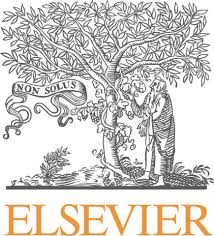
The purpose of this special issue is to bring together interdisciplinary approaches that focus on the application of innovative as well as existing data matching, fusion and mining and knowledge discovery and management techniques to data derived from all areas of Humanistic Sciences. Continue reading

DCDC15 (DCDC as Discovering Collections Discovering Communities), being held at Greater Manchester on 12-13 October 2015, will look at the varied and innovative ways in which archives, museums, libraries and academia can engage with audiences in the digital age, for a more appealing user experience, the enrichment of heritage collections and new collaboration and business opportunities. Continue reading
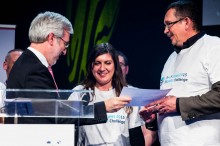
On 25-26 March 2015, in Brussels, the Net Futures 2015 conference was held, gathering more than 1000 people with the aim to maximise the competitiveness of the European technology industry. The event formed an interconnected community involving companies, organisations and people in Research & Innovation, Market Validation & Living Lab Research, Business Development, Entrepreneurship & Enterprise Strategy, Policy Making. It is firm belieg of the organisers that by bridging the gaps between these communities, innovations will more easily and effectively find their way to the market. Continue reading



